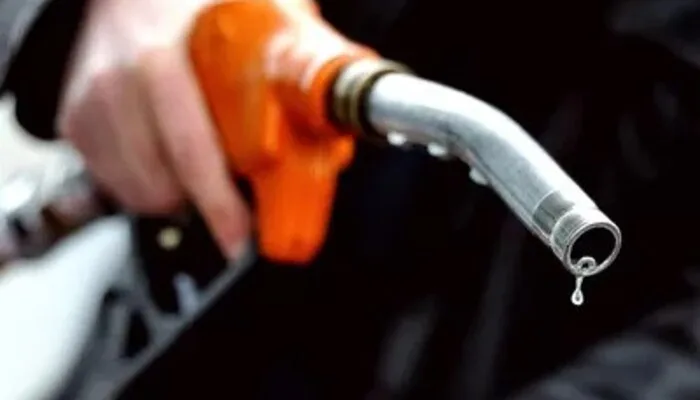
ISLAMABAD: The Pakistan Bureau of Statistics (PBS) announced on Thursday that inflation rose to over 9% in March, the highest rate in three months, due to increases in food and electricity prices, especially in rural areas of the country.
Three days after Prime Minister Imran Khan sacked Finance Minister Dr Abdul Hafeez Shaikh for not being able to manage inflation, the PBS reported a 9.1 percent inflation rate, ignoring the fact that the real explanation was the central bank’s autonomy.
The inflation rate of over 9% was in line with the Ministry of Finance’s estimates.
According to the PBS, energy prices were 31.5 percent higher than the last year, and nearly all kitchen products, including wheat, sugar, and wheat flour, saw double-digit price rises.
Despite mild weather across Pakistan, egg prices were 64 percent higher than a year ago.
The wheat prices were 35% higher, in March after a 24% average increase in prices of sugar, 20% pulses, 19% wheat flour, and 17% vegetable ghee, declared the PBS.
Premier Imran and Planning Minister Asad Umar had shared the congratulatory tweets as the inflation reading had slipped to 5.7%, In January this year.
According to the PBS, inflation in rural areas has risen considerably more than in urban areas. In March, the inflation rate in urban areas rose marginally to 8.7%, while the rate in rural areas increased from 8.8% to 9.5 percent.
Inflationary pressures on food were also higher in rural areas than in urban areas. According to the PBS, it increased from 10.3 percent to 11.5 percent in counties, while it increased by 2% in rural areas, from 9.1 percent to 11.1 percent in a month.
The State Bank of Pakistan has fixed its policy rate based on headline inflation. The central bank made no changes to the interest rate in its most recent monetary policy statement.
In March, core inflation, which excludes food and oil, eased marginally to 6.3 percent in urban areas, according to the PBS.
The central bank wants to pursue, under the new SBP Amendment Bill 2021, price stability as its primary goal.
However, there is no concept of market stabilization in the draft legislation, and no corrective sanctions are recommended if the target is not met.
In March, the food group saw a price spike of 11.6 percent compared to the previous year. Non-perishable food prices jumped 17 percent on an annualized basis within the food sector.
The inflation index is made up of 12 main categories, with food and non-alcoholic drinks accounting for 34.6 percent of the total.
The double-digit price rise indicated that operating the kitchen with minimal capital was not easy for the middle and low-income classes. However, perishable food products saw a price drop of over 17 percent, according to the PBS.
Last month, the lodging, water, power, coal, and fuel group, which accounts for one-fourth of the basket’s weight, had an inflation rate of 8.8%.
According to the PBS bulletin, the government boosted the energy tariff by 31.5 percent on an annualized basis last month. Last month, the cost of footwear increased by almost 16.2 percent as compared to the same time the previous year.
According to the PBS, the annual inflation rate for the current fiscal year’s July-March cycle was 8.34 percent.
Pakistan’s inflation rate is expected to be 9% this year, slowing to 7% the following financial year, according to the World Bank.















